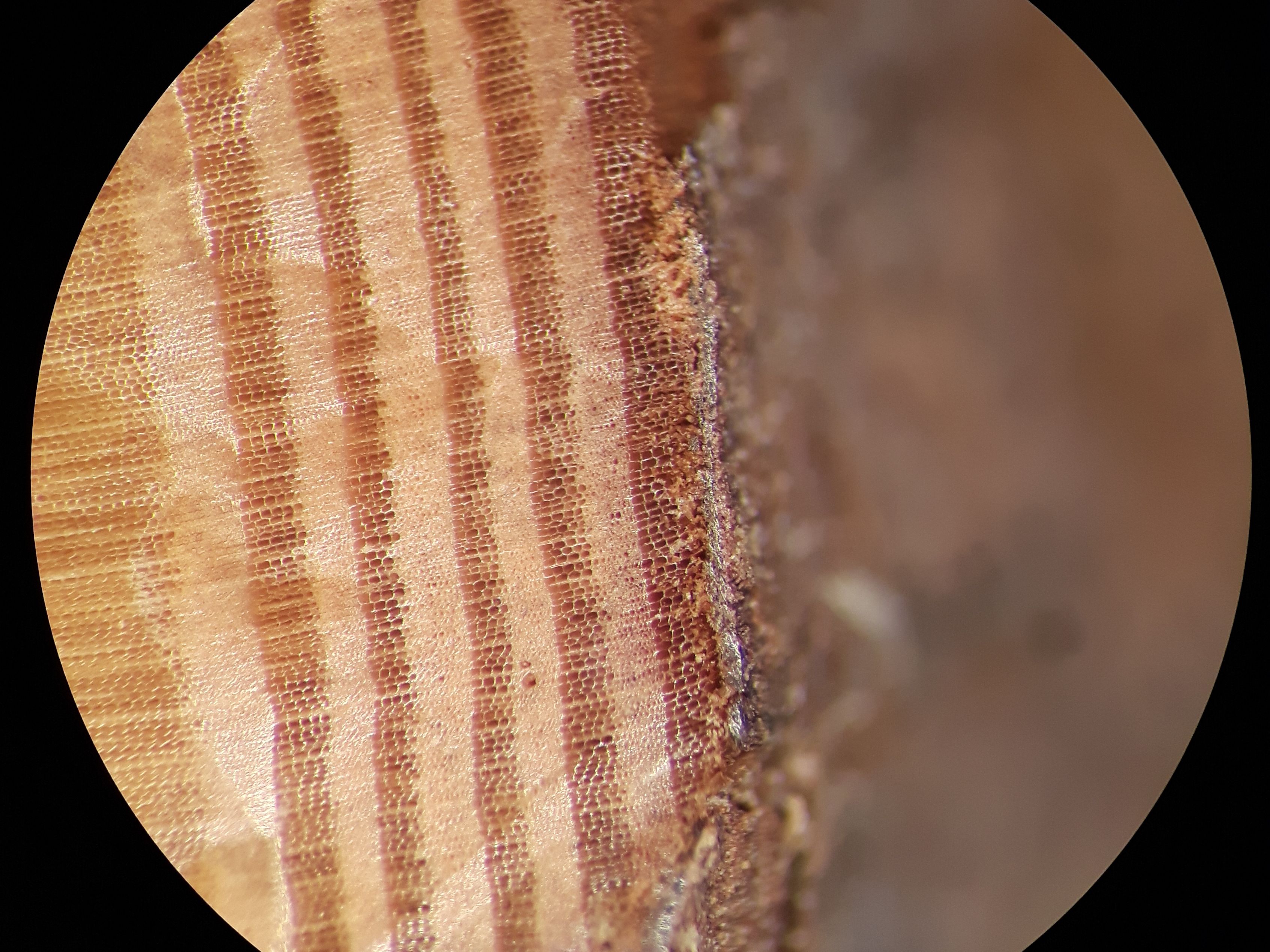Ancient Mystery Solved by a Small Piece of Wood

Imagine if we were only able to place events from the 20th century in time to within a few decades. We would not be able to tell, for instance, whether rock and roll originated before or after Elvis Presley was born, or how the fall of the Berlin Wall related to the Cold War. These thought experiments may seem ridiculous, but this is actually the best radiocarbon dating can do before the 20th century.
Radiocarbon dating can produce ages for organic materials up to 50,000 years old. The problem is, however, one ends up with a date range that spans centuries or even millennia. This kind of precision is not sufficient for answering many historical questions, in particular during turbulent times, when events swiftly succeeded one another. In this study, we used a recently developed radiocarbon-based method to date the construction of building to the exact season!
Radiocarbon is a radioactive isotope that is constantly being formed in the atmosphere. Ultimately, some of the radiocarbon is ‘captured’ by growing trees. By analysing tree-rings from wood of known age, it was recently discovered that levels of radiocarbon sometimes suddenly jump. The largest jump like this occurred in 775 CE (or AD).
Once you detect such a jump in a series of tree-rings from a historical context, it can be used as an anchor-point to place the object precisely in time. This is exactly what we did at Por-Bajin: a massive Uyghur complex on a remote island in Tuva, Southern Siberia. Although it had been studied for decades, it was still surrounded by mystery: who built it; for what purpose; why does it look as if it has never been used?
We measured the radiocarbon concentration in samples of consecutive tree-rings from beams that were found at the very base of the complex of Por-Bajin. By discovering the unique jump in 775 CE, we identified the growth-ring that was formed in that year. Then, all we had to do was count the tree-rings to the bark edge. Two more rings had formed after that year: thus, it must have been felled in 777 CE. Moreover, examination of the cell structure of the very last ring exhibited that the tree died during summer. The beams do not show any weathering, which suggest they were used shortly after they were cut down. Therefore, we can be confident the construction process began in the summer of 777 CE.
We now know that Por-Bajin was built during the reign of the Uyghur ruler Tengri Bögü Khan (reign: 759-779 CE). He converted to Manichaeism and even made it the state religion. Therefore, it is most plausible that Por-Bajin was a Manichaean monastery. Moreover, this date would explain why the complex shows hardly any signs of use. Archaeological evidence had already suggested that the monument was constructed in about 1-2 years. In 779 CE, Tengri Bögü Khan was killed during an anti-Manichaean uprising. So, soon after it was completed, the monastery must have been completely abandoned.
This case study illustrates how this method can be applied to resolve a historical issue. In fact, it can be applied to any site that has wood that dates back to around the time a radiocarbon anomaly occurred. We believe conducting chronological analysis at such precision will open up new possibilities for the study of human history.
For more information check out our article in PNAS. Or watch this YouTube video someone has prepared about our work.

